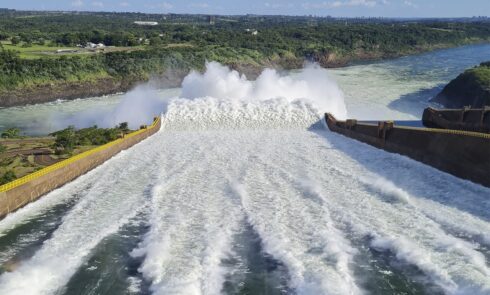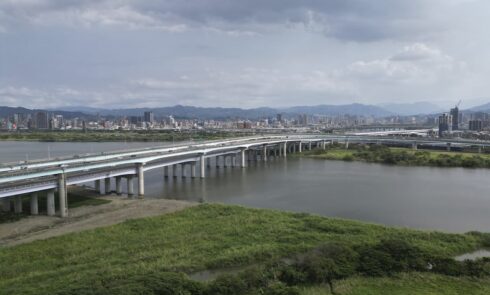Water resources are sources of water that are valuable or likely to be useful to people. It is critically important because it is necessary for the existence of life.
The many uses of water include agricultural, mechanical, domestic, recreational, and environmental activities. These human uses require new water.
Only 2.5% of the world’s water is fresh, and more than 66% is frozen in glaciers and polar ice caps.
In many parts of the world, water demand exceeds supply, and countless areas are needed to face this lopsidedness sooner or later. It is estimated that 70% of total water use goes to irrigation in agriculture. Environmental change will affect water resources around the world because of the close links between the atmosphere and the hydrological cycle.
Due to the increase in human population, competition for water is developing with the ultimate goal of significant depletion of many of the world’s significant aquifers.
Numerous pollutions undermine water supplies, but the biggest, especially in immature nations, is the discharge of untreated sewage into typical waters.
In the United States, we have a wealth of water. The country is home to 4.5 percent of the total population and only about 8 percent of the freshwater. It is home to the most prominent freshwater lake system on the planet, the Great Lakes, which holds six quadrillion gallons of water (six is taken after 15 zeros). In addition, the mighty Mississippi River flows 4.5 million gallons every second at its mouth in New Orleans, providing water to approximately 15 million people.
The components that affect water resources include related ones:
- Population development, especially in low-water areas,
- the development of huge numbers of people from the field to cities and urban areas
- demands for greater food security and higher expectations for daily comfort,
- increased competition between different uses of water resources;
- Pollution from production lines, urban areas and agricultural land
Of the three volumes published late by the United States Geological Survey (No. 256) on “The Geology and Groundwater of Southern Minnesota” by Messrs. Lobby, Meininger, and Fuller, is the most intriguing and important to the case. It is a 406-page handout with a variety of areas and charts, as well as four fold-out maps, all of which cover issues, physiographic, land use, and water supply-related components in the southern two-fifths of Minnesota, a 28,265-square-mile area roughly the size of Scotland or Ireland. The area contains two significant cities, Minneapolis and St. Paul; however, separated in this way, the entirety, with its 1¼ million tenants, is horticultural.
The surface consists of three raised levels of different, trough-like disappointments between all but the large southeast and southwest corners, formed by a cold float that survived the last ice attack. “There is no more widespread case of a terrestrial moraine left over from a continental ice sheet, as seen by the broad, somewhat undulating, bleak areas of southern Minnesota dotted with endless shallow lakes and lakes, and supplied by an endless system of marshes.”


